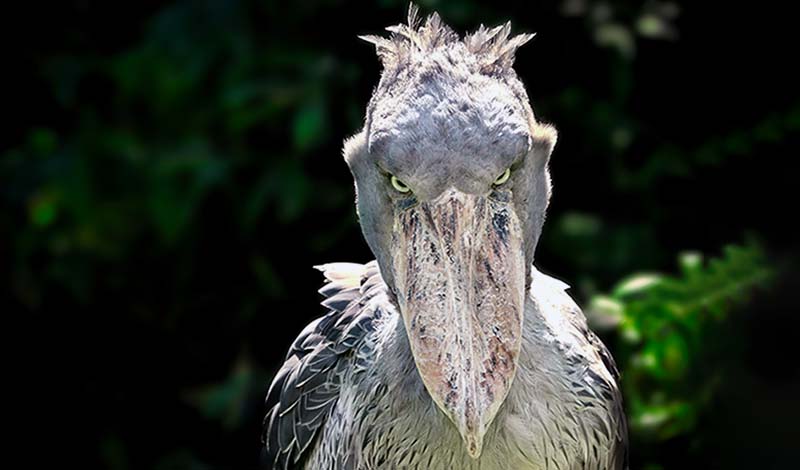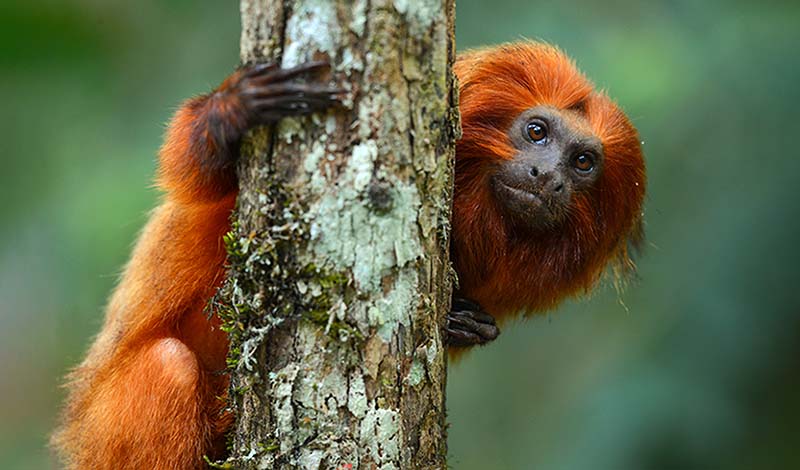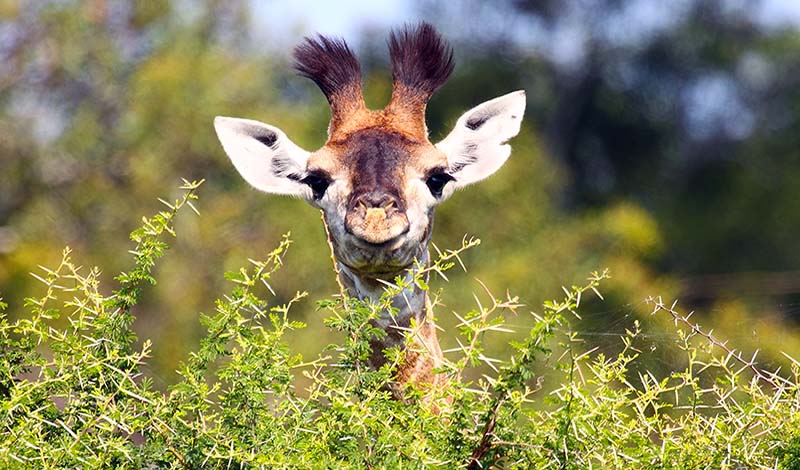
1.5-minute read
We hope that you’re thoroughly enjoying the summer roaming season. Being out in the world again and appreciating the astounding beauty of nature serves as a soul-soothing reminder of how critical a hospitable planet is to our well-being. Thanks to a unanimous vote by the United Nations General Assembly as of July 28, your access to a clean, healthy, sustainable environment is no longer just a wishlist item but has now been declared a universal human right.
Did you know that you can play a vital role in maintaining the natural world you love by collaborating with scientists to help address some of our biggest Earthly challenges, like climate change and biodiversity loss?
Now, you may say to yourself, “Self, I am just one person. I can’t make a difference. How can I help with such momentous problems?” Well, you can rev up your big brain and provide your unique and invaluable insights to scientists working to protect and preserve our environment—that’s how. By joining the ranks of millions of citizen scientists around the world, you can participate in advancing the knowledge needed to help maintain the well-being of people, wildlife, and the planet. Does that sound like a plan? Read on…
Every day, new citizen science programs are launched in every corner of the globe, offering opportunities to observe and track species or environmental events that remain invisible to remote monitoring. In many cases, there is no formal training required for participation. All that’s needed is your perceptive peepers and unbridled enthusiasm, and passion for nature. The projects span a vast range of issues, using web platforms and mobile apps to record data.
There’s still a lot of summer left and a lot of options to explore to make an important contribution to healing the Earth. By helping scientists make better and more comprehensive analyses of the state of our home planet, you’ll also improve environmental decision-making that affects the health of local and global communities. Every solution to even seemingly insurmountable problems starts with someone saying, “What is happening here? We should fix this.” So how can we help fix the urgent, closely linked problems of climate change and biodiversity loss? By supporting scientists and working together with people from different backgrounds and abilities to advance the knowledge needed to create a sustainable future for everyone.
Are you in? Great! We’ve pulled together some resources to get you started on your citizen science journey. Pick a project and share what you see:
- Scistarter: Find a project by topic or keyword.
- Citisci: Create projects, build datasheets, and track your results.
- iNaturalist: Explore and share your observations from the natural world.
- iSpot: Identify wildlife and share nature with a global community.
- GLOBE: Join a global learning and research community to benefit the environment.
- Earthwatch: Help tackle urgent environmental challenges through research.
- Zooniverse: Contribute to people-powered research.
- eMammal: Track wildlife in 110 wildlife projects in 22 countries.
- Forestwatcher: Keep tabs on the trees.
- Edge of Existence: Help protect some of the most unique and endangered species on the planet.





































































